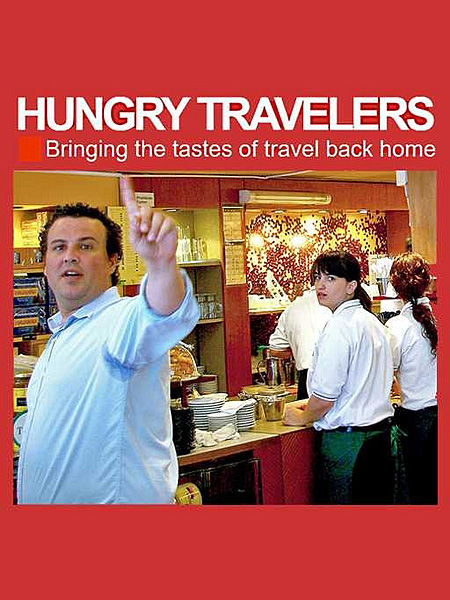Learning Roman pastas (#1)
Much as we love Trastevere and its restaurants, one of our other favorite eating establishments is right on one of Rome's most tourist-thronged plazas—just the type of location that we usually avoid at meal time. But when we stopped for coffee one morning at Ristorante-Caffè di Rienzo (Piazza del Pantheon 8/9, 06-686-9097, www.ristorantedirienzo.it), we struck up a conversation with Marianna Di Rienzo, whose father opened the restaurant in 1952. She even invited us to come back at dinner time so that the chef could show us how to prepare some classic Roman pasta dishes. Chef Alessandro Sillani has been with Di Rienzo for 15 years. When we returned around 6 p.m., he and his assistant Tsatsu Nicholas Awuku were not even breaking a sweat sending...Read More
